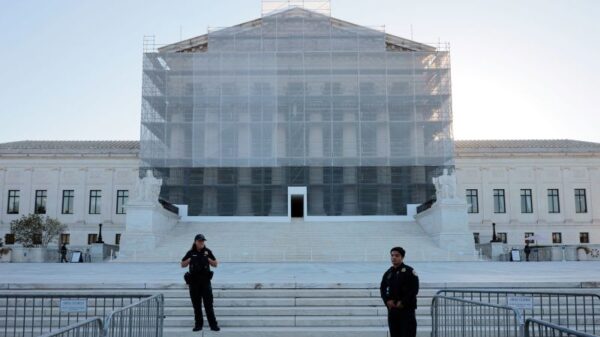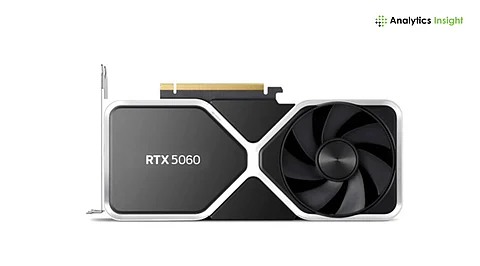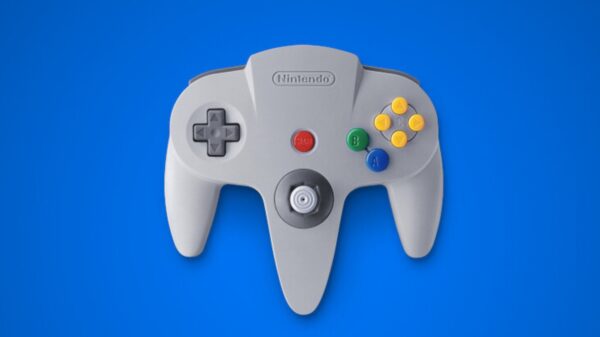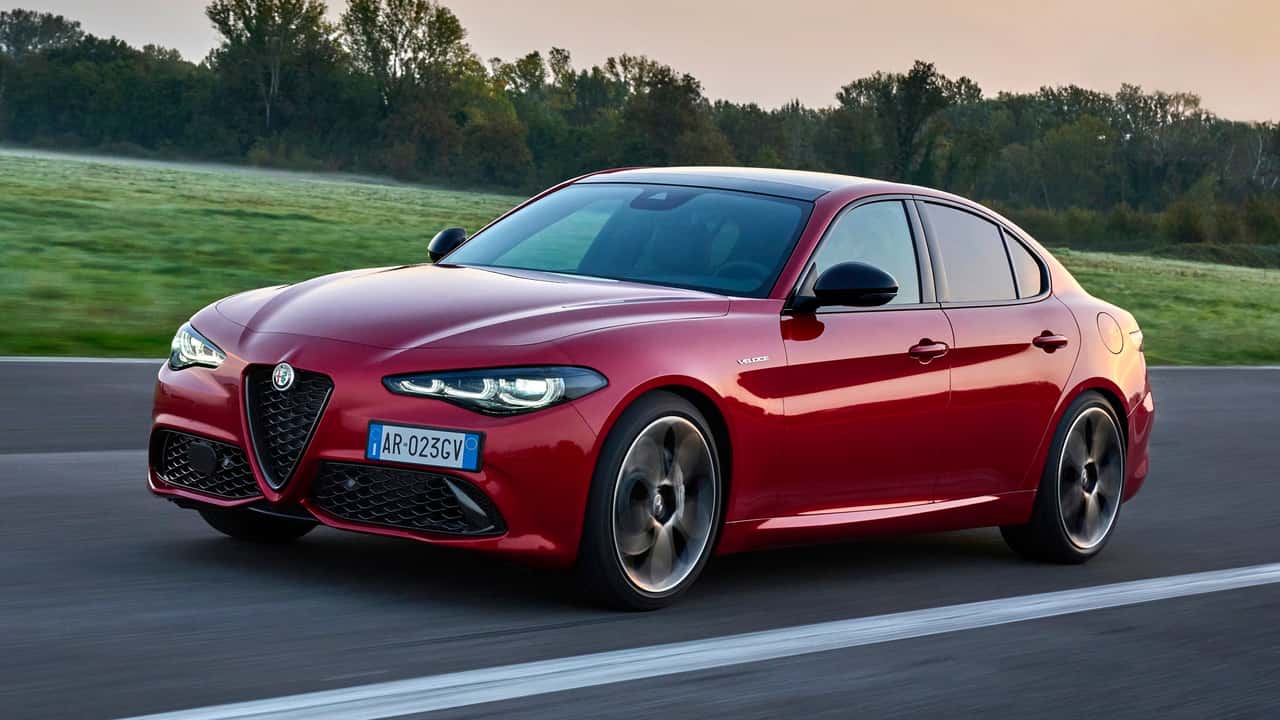Alfa Romeo has announced an extension of production for its Giulia sedan and Stelvio SUV until 2027. Initially set to conclude this year, the decision reflects a strategic pivot by the automaker as it navigates the evolving automotive landscape. Both models are produced at the Cassino plant in Italy and compete in the premium segment, directly challenging the BMW 3 Series.
The Giulia and Stelvio are built on the Giorgio platform, which was developed through a significant investment of €1 billion by the former Fiat Chrysler Automobiles (FCA) Group under the direction of the late Sergio Marchionne. This extension comes as Alfa Romeo prepares to adapt its upcoming models to accommodate combustion engines, a shift from the initial plan to offer them exclusively as electric vehicles (EVs).
Stellantis, the parent company of Alfa Romeo, originally aimed for the second-generation Giulia and Stelvio to align with its goal of achieving full electrification by 2027. However, the slower-than-anticipated adoption of EV technology has prompted a reassessment. As a result, both models will continue to feature internal combustion engines, including in their successors.
Alfa Romeo requires additional time to modify the new STLA Large platform to support gasoline engines effectively. Despite the absence of electrification in the current models, production will continue without interruption, ensuring that customers still have access to these vehicles.
During the recent presentation of the updated Tonale, CEO Santo Ficili confirmed the production extension. He noted that when the new models finally arrive, they are expected to feature advanced powertrains, with speculation surrounding the use of the twin-turbo inline-six “Hurricane” engine from the Dodge Charger Sixpack. Furthermore, the Quadrifoglio versions could potentially incorporate Maserati’s V-6 engine, adding to the performance pedigree of the brand.
Interestingly, the Giulia and Stelvio are not the oldest models within the Stellantis lineup. The Fiat Panda has been available since 2011, and the Dodge Durango, which debuted in 2010, will not see a replacement until 2029.
As the automotive industry continues to adapt to shifting consumer preferences and regulatory pressures, Alfa Romeo’s decision to extend the life of these models highlights the balancing act between innovation and tradition in a rapidly changing market.








































































